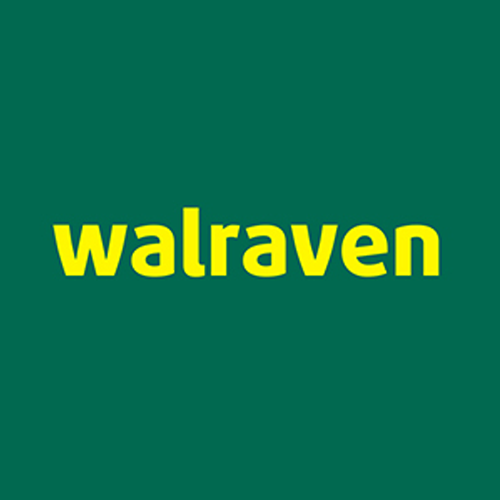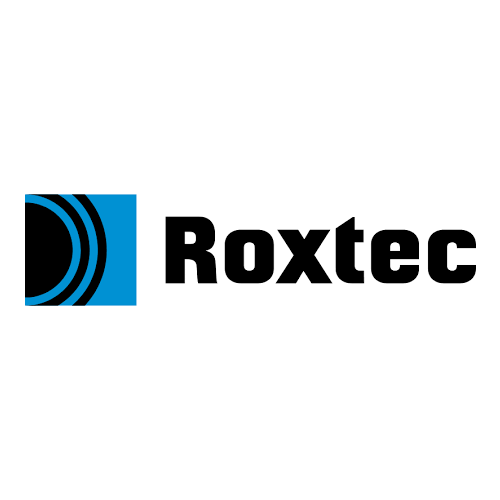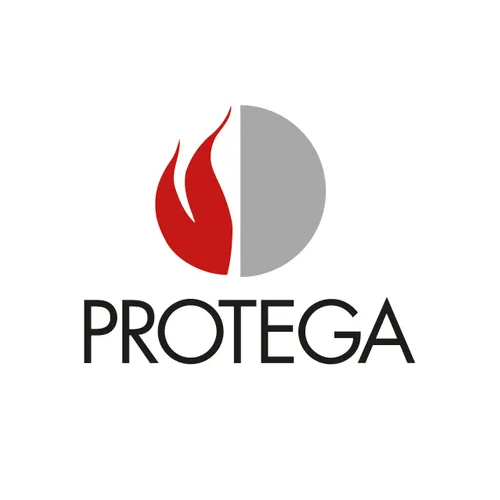The Fire Firm
Expert in Fire Safety
The Fire Firm
Expert in Fire Safety
Experience Excellence in Fire Safety Solutions
With over two decades of expertise in fire safety, I specialize in ensuring CE marking compliance and maximizing safety for building products.
Whether you’re a manufacturer expanding your range or seeking assurance on fire resistance standards, my tailored solutions cover penetration seals and other critical products like linear joint seals, doors, partitions, and various construction products.
I offer a comprehensive approach, addressing every aspect of your fire safety needs with precision. Partner with me to elevate your standards, streamline compliance, and unlock new opportunities for success in the market.

Stefan van de Wetering, M.Sc.
What I can do for you
Client Portfolio
Trusted Partnerships
Discover how The Fire Firm can elevate your business’s fire safety standards
Discover how The Fire Firm can elevate your business’s fire safety standards
CONTACT
The Fire Firm
Chamber of Commerce number 59783486
The Fire Firm is an Amadillo Entreprise
Request a quotation today
CONTACT
The Fire Firm
Chamber of Commerce number 59783486
The Fire Firm is an Amadillo Entreprise
Request a quotation today








